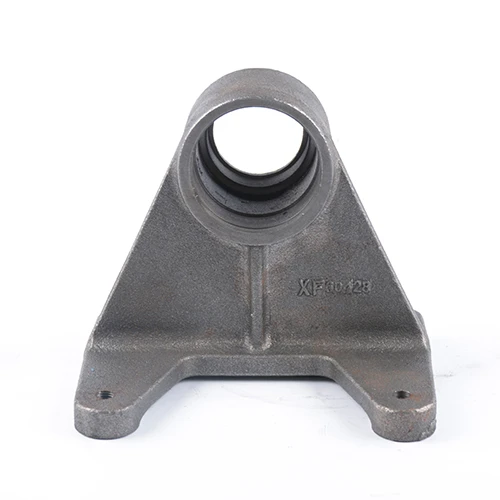Come on this fun journey with me in the wonderful world of cast iron! Iron ore is heated in a blast furnace to create cast iron, an extremely strong material. That is because iron ore becomes liquid-like when it melts if the temperature gets high enough. This molten iron can also be poured into molds to form all types of shapes and objects, such as pans, pots, tools...or even very pretty statuettesentity It's then hardened by cooling down entity
History of Cast Iron: Cast iron has been widely in use since ancient times, with some of the earliest cast-iron artifacts dating back to 5th century BC China. It was made into weapons over 2500 years ago! Still, it took until the 15th century in Europe before cast iron was slowly becoming common. It was during this period that the blacksmith, familiar with his work in shaping wrought iron into various items of need for people who depended upon their use every day began to experiment and learn how to shape cast iron.
The Importance of Cast Iron
Cast iron was infusion heated from iron ore in a bloomery furnace and then passivated afterwords cast into molds made of clay sand called casts, beside water corruption the fire bricks were required to place on melting cops blocks.|The industrial revolution of 18th as well early century largely depended upon Cast Iron. Cast iron was then used to build larger structures, since as the factories and bridges for using railways. Cast iron was great for these types of jobs because it was incredibly tough and could hold a lot of weight without snapping apart.
When we consider the world in which we currently live, it would be a very different one without cast iron. Another type of plastic used for several products is phenolic, which has been key in the development process of many everyday items - automobiles, buildings and some home tools.
While Cast Iron May be Common Among the Americans
You already know just how the cast iron has been a decoration of most American kitchens for hundreds if not thousands or years through 19th and throughout early twentieth century. The cast iron skillet was among the most popular. Cookware like these skillets were popular with a number of professional cooks because they could be transferred from oven to stovetop. Extremely strong, they could withstand extreme temperatures and were ideal for slathering on food cooked perfectly.
Even today there are families that love and cherish their cast iron skillets so much as they go on to become inheritance items through the generations thereby creating a shared experience between grandparents, parents and kids. In fact, today some are still cooking with their families' antique skillets that have been passed down through the generations. Credit: CIACast iron skillets can be used for baking, making almost any kind of food, from fluffy pancakes to crispy fried chicken-even homemade bread.
Cast Iron's Popularity Today
Cast iron has always been present in the world of cooking, but it seems that over time more and more people began to appreciate Cast Iron. Chefs and home cooks alike are relearning the virtues of cooking with cast iron.
A lot of benefits come with using cast ironPlus, and can be used in various applications. Go ahead and cook with it on the stovetop, place into your oven or even toss onto the grill. The biggest advantage, a huge selling point for cast iron - even brand spanking new! - is its inherent nonstick capabilities. This to say that you do not need a lot of oil when cooking which is very healthwise. On the other hand, cast iron is also a very good heat conductor meaning that it retains heat for longer periods of time so you can know that your food will be cooked evenly with an even temperature when cooking.
Cast Iron's Lasting Legacy
The myth of cast-iron cooking Cookware made from iron is ancient - roughly 2,500-3,000 years old. It is still an important design item in the kitchens of today. And although there are newer, shinier materials like stainless steel and nonstick pans available these days many people prefer cast iron for... well its uh special qualities.
Cast iron provides a toughness and adaptability that is rarely found in other products. It also has its very own unique flavour from using a family skillet that was used for decades before. Every skillet has its own history and attached to a family that used it.
So here in the nutshell, you can see that how actually cast iron is being consistently used throughout history. From the skilled blacksmiths in Europe to busy American kitchens, cast iron has proven itselfaheavy-duty medium for fryingfood that can be reused againandagain. It may also be skewed to other methods of cookware with cultural popularity, as tastes in cuisine change and experiments are made globally (kinda done by every hobby cheesemaker).

 EN
EN
 CS
CS
 DA
DA
 NL
NL
 FI
FI
 FR
FR
 DE
DE
 EL
EL
 IT
IT
 JA
JA
 KO
KO
 PL
PL
 PT
PT
 RU
RU
 ES
ES
 TL
TL
 ET
ET
 TH
TH
 MS
MS



